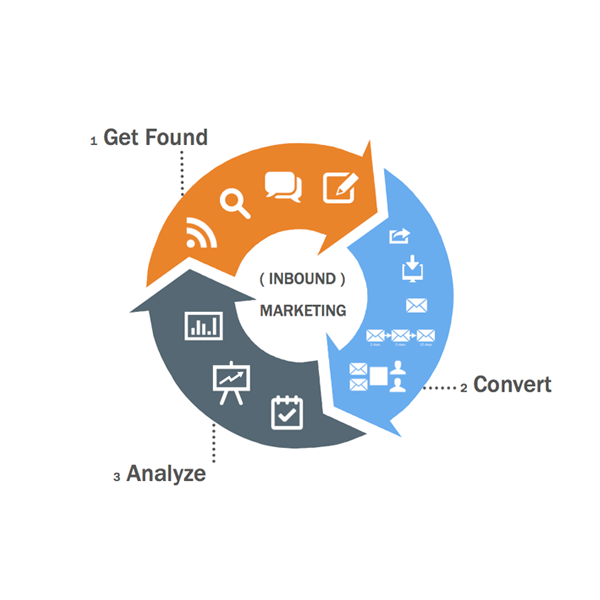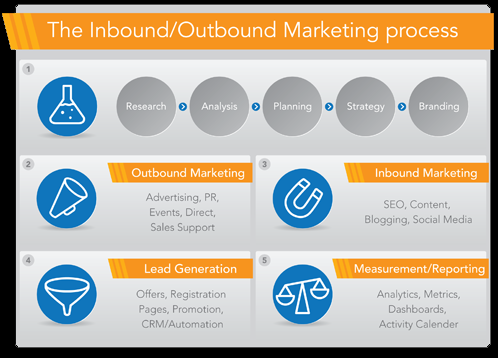The worst part about being an SEO professional is the negative connotation that can come along with the label. The multitude of “undesirables” in the industry have burned so many website owners over the years, that it’s led many white-hat agencies to shift from identifying themselves as SEOs. These agencies (often hastily, and without a shift in strategy) rebrand themselves “inbound marketers.” But SEO and inbound marketing are not the same. Anyone who engages in only SEO but ignores other marketing strategies is not truly an inbound marketer.
And this shift has led to confusion among those seeking SEO and inbound marketing services. Many times, website owners think that because they engage in optimization, that they can cross “inbound marekting” off of their digital to do lists. And others hire inbound marketing agencies, assuming that optimization will be part of the strategy, only to find out six months later that there was no optimization taking place at all.
SEO Defined
Defining SEO is simple, as the name says it all. Search engine optimization. It is the act of optimizing a website for search engines. SEO is technical, because it exists for one, singular purpose: pleasing search robots. It involves cleaning up code, ensuring certain files and sitemaps are properly installed, developing and implementing keyword strategies, utilizing all elements of a page, taking advantage of schema markups, applying rich snippets, cultivating a diverse and strategic link profile, and a host of other left-brained tasks.
The goal of SEO is to increase site traffic. Period, the end. You increase that traffic by increasing your rankings in search engines. If you’ve improved your rankings and you’ve seen a corresponding increase in traffic, you’re running a successful SEO campaign.
But getting new visitors to a website is only one piece of the puzzle. And that’s where inbound marketing comes into play.
Inbound Marketing Defined
Inbound marketing is not designed to please search engines. Rather, it is designed to engage new visitors, eventually converting them into customers. It does not involve hard-selling techniques Search Engine Journal refers to inbound marketing as “pull” marketing, as opposed to “push” marketing.
A goal of inbound marketing can be to attract new users. But the main focus should be to increase sales. You want to engage users to the point where they feel comfortable and compelled to hand you their email address as a sign they’d like to continue the relationship. When you’re increasing your web leads and sales through content, you’re running a successful inbound marketing campaign.
A Complimentary Relationship
The relationship between SEO and inbound marketing is clear. Though they are distinctly different marketing strategies, one without the other won’t help you reach your goals. As such, they should be viewed as complimentary to one another. A plan to increase traffic won’t increase your sales without a strong content strategy. And a plan to develop content won’t draw new visitors on its own. Optimization is necessary in order to get in front of new people. Never assume that an SEO agency offers inbound marekting, and conversely, do not assume that all inbound marketing agencies understand how to do SEO.
It is crucial for site owners to understand the differences between SEO and inbound marketing, and have a firm grasp of how they work together before developing an online marketing strategy.


